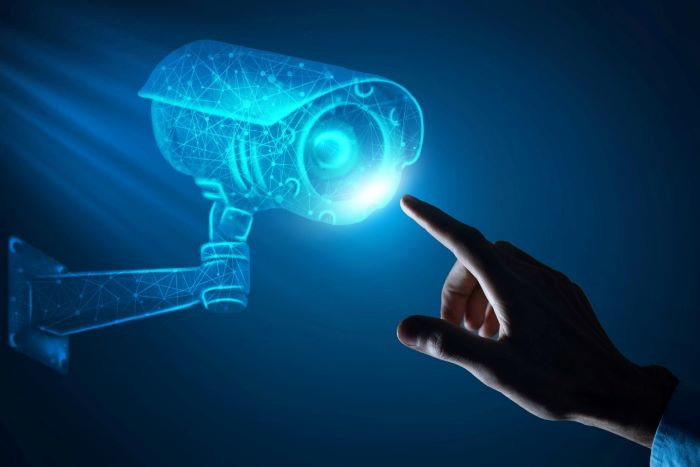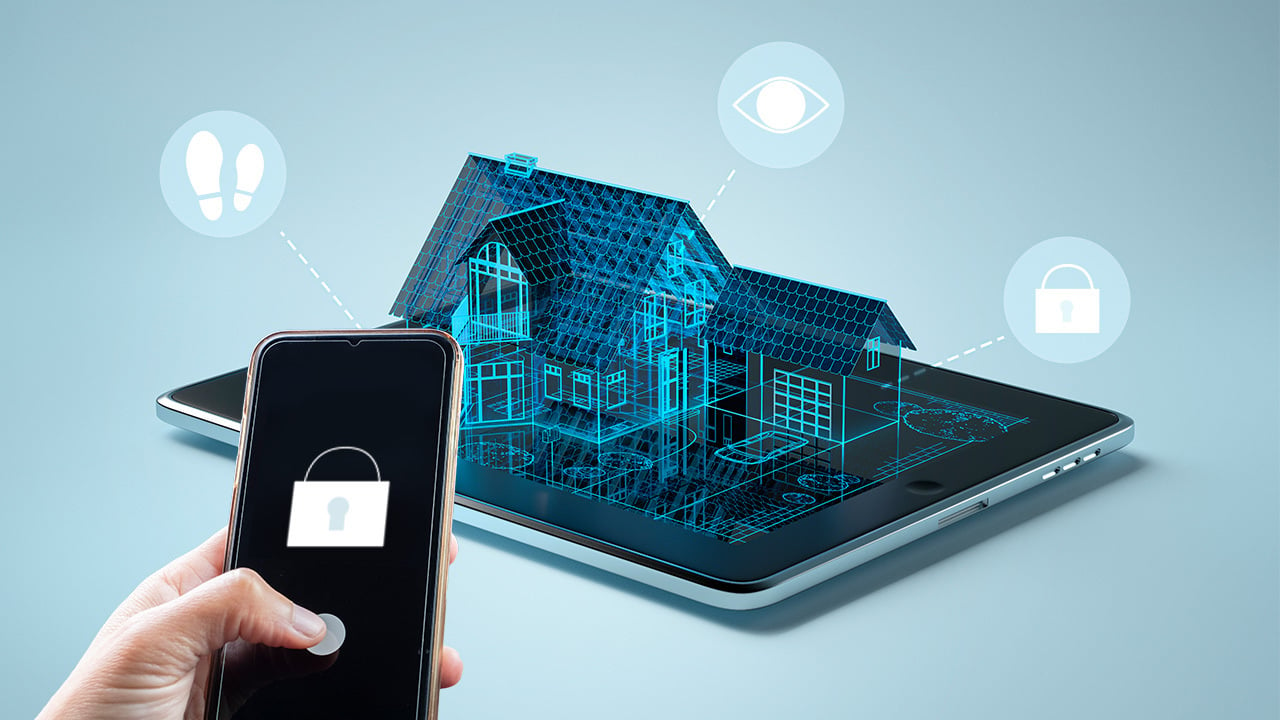Security cameras have undergone significant transformations since their inception, evolving from simple analog devices to sophisticated AI-powered systems. This evolution has dramatically enhanced the capabilities of surveillance technology, making it more efficient, reliable, and intelligent. Let's take a journey through the history and advancements of security cameras, exploring how they have adapted to meet the changing demands of security and surveillance.
- The Analog Era: The Birth of Surveillance
The journey of security cameras began in the 1940s with analog technology:
Early Development: The first documented use of a closed-circuit television (CCTV) system was in Germany in 1942, used to monitor rocket launches.
Basic Functionality: Analog cameras captured video signals and transmitted them via coaxial cables to a monitor or recording device, typically a VCR.
Limitations: These systems offered limited resolution and storage capacity, often resulting in grainy footage and cumbersome tape management.
- The Digital Revolution: Enhanced Clarity and Storage
The 1990s saw the introduction of digital technology, marking a significant leap forward:
Digital Video Recorders (DVRs): Replaced VCRs, allowing for more efficient storage, retrieval, and playback of footage.
Improved Image Quality: Digital cameras offered higher resolutions, providing clearer and more detailed images.
Remote Access: Enabled users to access live and recorded footage remotely via the internet, increasing flexibility and convenience.
- High-Definition and IP Cameras: The Internet Age
As the internet became more ubiquitous, security cameras further evolved:
IP Cameras: Internet Protocol (IP) cameras emerged, transmitting data over a network rather than through coaxial cables.
High-Definition (HD): HD and later 4K cameras provided unparalleled image clarity, crucial for identifying fine details in surveillance footage.
Scalability: IP systems allowed for easier expansion and integration with other network devices, making them ideal for larger, more complex installations.
- Wireless and Cloud Technologies: Breaking Free from Wires
The rise of wireless technology and cloud computing brought new capabilities to security cameras:
Wireless Cameras: Eliminated the need for extensive cabling, simplifying installation and offering greater placement flexibility.
Cloud Storage: Allowed footage to be stored off-site, providing robust data backup and remote access from anywhere with an internet connection.
Mobile Integration: Enhanced by smartphones and apps, users could now monitor their cameras in real-time, receive alerts, and review footage on-the-go.
- Artificial Intelligence: The Dawn of Smart Surveillance
The latest and most transformative advancement in security cameras is the integration of Artificial Intelligence (AI):
Advanced Analytics: AI-powered cameras can analyze video feeds in real-time, detecting and alerting to specific activities such as unauthorized access, loitering, or package theft.
Facial Recognition: Enables identification of individuals, enhancing access control and forensic analysis.
Behavioral Analysis: AI can learn typical patterns of activity and detect anomalies, providing proactive security measures.
Deep Learning: AI cameras continue to improve over time through deep learning algorithms, becoming more accurate and reliable in their analyses.
- The Future of Security Cameras: Innovations on the Horizon
As technology continues to advance, the future of security cameras looks promising:
5G Connectivity: Faster and more reliable data transmission will enhance real-time surveillance and remote monitoring capabilities.
Edge Computing: Processing data at the camera level will reduce latency and bandwidth usage, making systems more efficient.
IoT Integration: Security cameras will increasingly interact with other smart devices, creating interconnected security ecosystems.
Augmented Reality (AR): Future interfaces may incorporate AR, providing security personnel with enhanced situational awareness and interactive control over surveillance systems.
Conclusion
The evolution of security cameras from analog systems to AI-powered devices reflects the rapid technological advancements of the past few decades. Each stage of this evolution has brought significant improvements in image quality, storage, accessibility, and intelligence, making surveillance more effective and comprehensive.
As we look to the future, the integration of AI, IoT, and other cutting-edge technologies will continue to push the boundaries of what is possible in security and surveillance. By staying informed about these advancements, businesses and individuals can make better decisions about their security needs, ensuring they remain protected in an ever-changing world.




Leave a comment
This site is protected by hCaptcha and the hCaptcha Privacy Policy and Terms of Service apply.